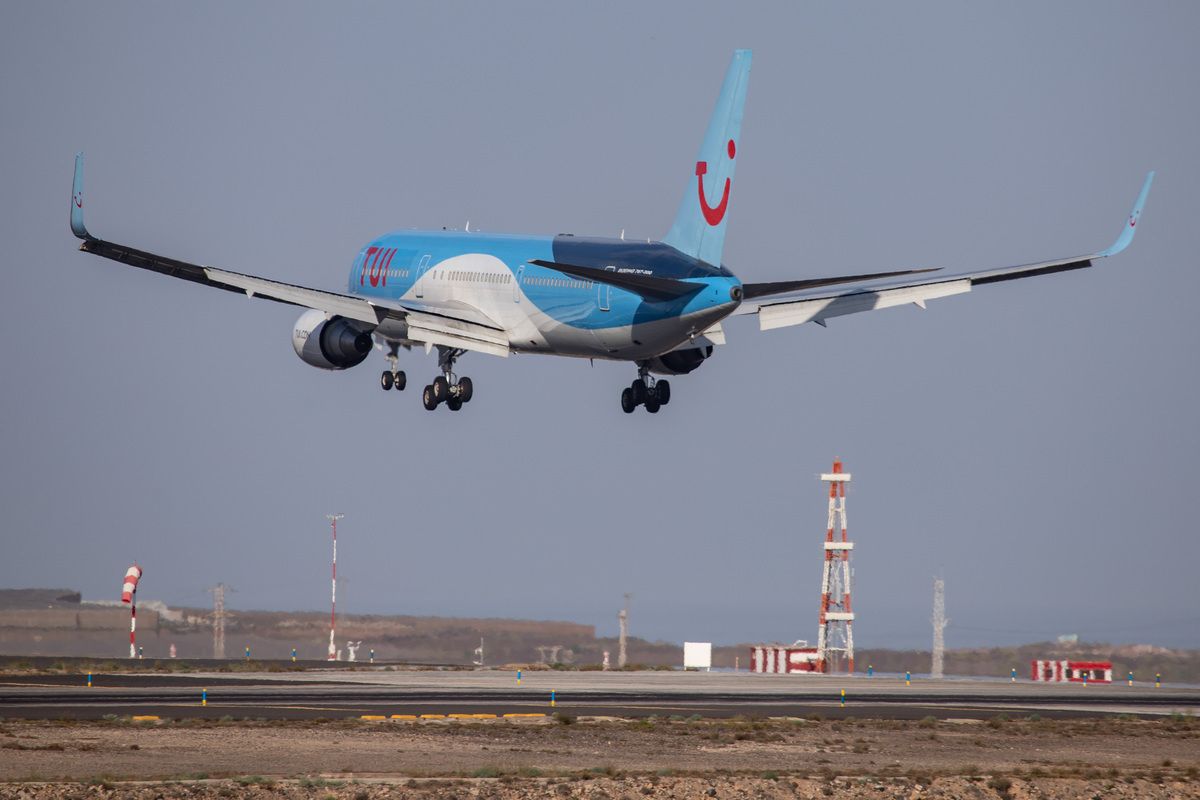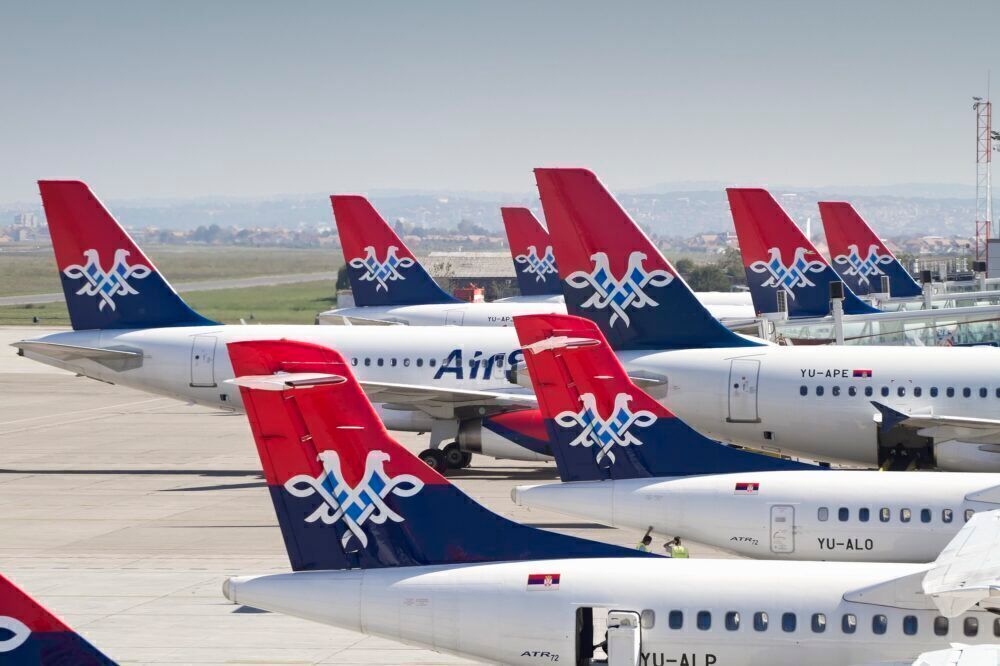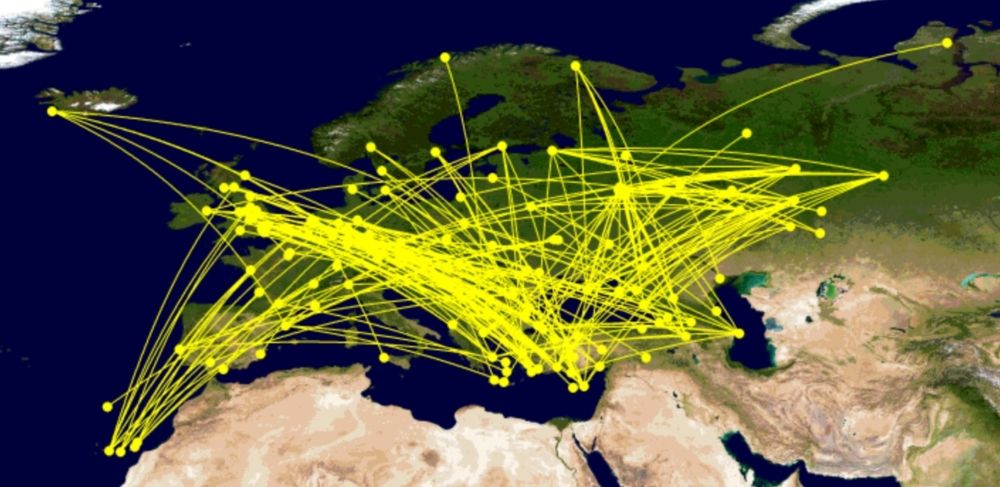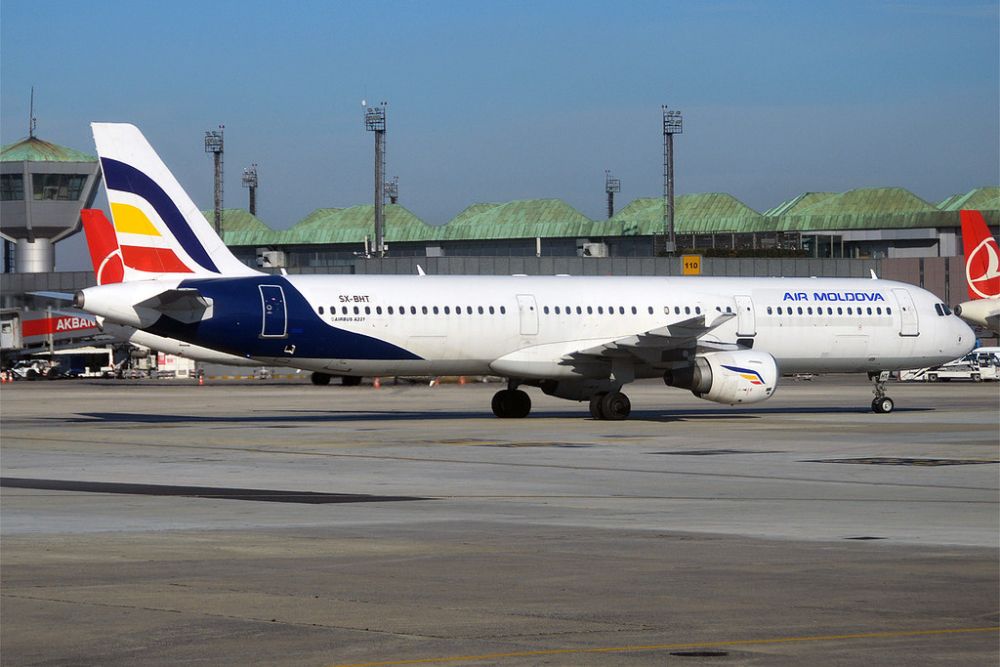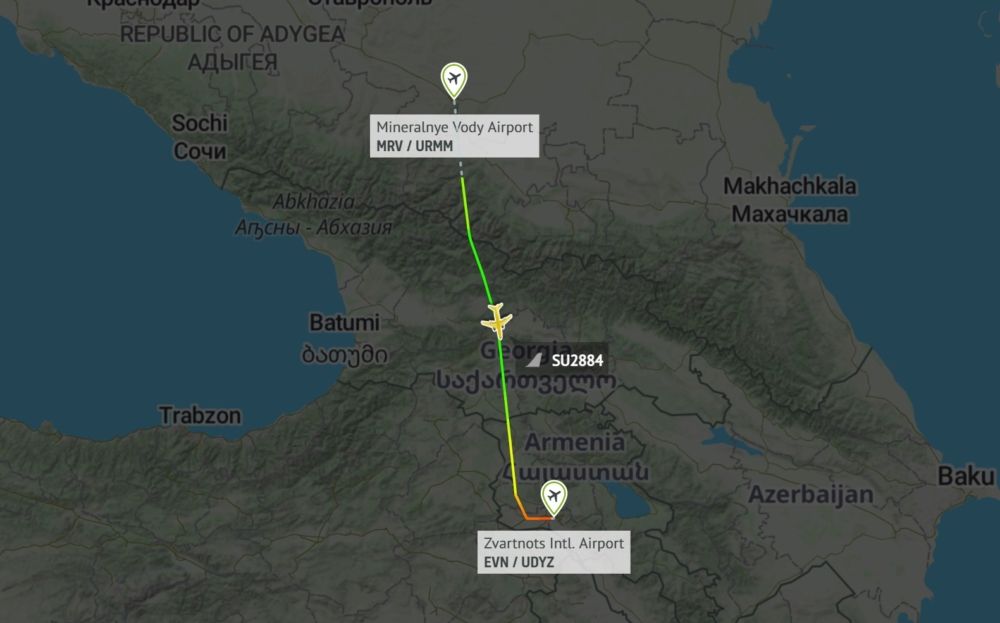Everyone has been there: arriving at an airport late at night for a relatively short overnight flight that means you’re unlikely to get much sleep. We check out the situation within Europe between now and the end of December and identify an impressive 307 red-eye routes.
Red-eye flights within Europe
Red-eye flights leave you tired, dirty, feeling pretty groggy, and unproductive the next day; the real 'red-eye' effect. Fellow Simple Flying author Tom Boon did it recently from Germany to Greece.
There's no one definition of what hours a red-eye service comprises, and it really depends on an individual's own perspective. However, for this article, I'm looking at flights within Europe taking off between 21:00 and 01:00 and arriving between 03:00 and 07:00 sometime between September 16th and December 31st.
307 red-eye routes
Some 307 red-eye routes within the continent – including Russia, Turkey, and the Caucasus – have been identified based on the above criteria using OAG schedules information. Naturally, any definition will inevitably mean some flights are missed off. A good number of these routes have fewer than 1,000 outbound seats, OAG shows, meaning they're not regularly operated.
The saving grace for so many at unsociable timings is that they are, as you'd expect, comparatively long for Europe: a median of 1,466 miles and a median block time of 3.5 hours.
Stay aware: Sign up for my weekly new routes newsletter.
Russian carriers play an important role, with over four in ten red-eyes. Aeroflot has 32 routes (mainly domestic), Pobeda 27 (mainly domestic), AZUR Air 16, and Red Wings 16. The importance of Russia increases further if the offerings from foreign airlines are included, such as Air Serbia's Belgrade-Krasnodar, leaving at 23:40 and arriving at 03:15 local.
North-south and west-east is important
North to south routings, such as Blue Air's Birmingham to Bucharest (23:55-05:10), Air France from Paris CDG to Istanbul (22:45-04:10), and Air Moldova from Dublin to Chișinău (23:10-04:40) are important. They benefit from time zone differences and longer sectors.
As you'd expect, south to north routings are less common, and most of them are with charter operators or LCCs. They help to increase aircraft utilization by enabling aircraft to fly for more hours daily. Examples include Wizz Air UK Larnaca-Doncaster (23:50-03:00) and AZUR Air from Antalya to Kazan (23:55-03:40).
West to east operations is popular, again benefiting from time zone differences and longer trips. These include Norwegian from Gran Canaria to Helsinki (21:55-06:10 just before Christmas), Wizz Air Milan Malpensa to Kutaisi (21:50-03:45), and Austrian Airlines between Vienna and Yerevan (22:35-03:55).
The top-10 most-served red-eyes
Red-eye routes with the most capacity (by outbound seats) are led by Red Wings from Moscow Domodedovo to Sochi. The 832-mile link leaves Moscow at 01:00 and arrives at the Black Sea airport at 03:30. The significance of Russia, even domestically, in the top-10 is clear to see.
Aegean stands out with its overnight operation from Heathrow to Athens, especially for a network carrier. This market benefits from high demand, time zone differences, a longer trip, and connections over Athens to across Greece. 220-seat A321neos will mainly operate it.
Note the two Turkish Airlines services, both operated by narrowbodies rather than widebodies. Pegasus' overnight service from Stansted to its main airport, Istanbul Sabiha Gökçen, didn't quite make it into the list. Note: all times mentioned in this article are local. Schedules can vary depending on the day; if so, the most common times are normally given.
- Red Wings: Moscow Domodedovo to Sochi: 01:00-03:30
- S7 Airlines: Moscow Domodedovo to Murmansk: 00:30-03:05
- Aegean Airlines: London Heathrow to Athens: 22:15-03:50
- Pobeda: Moscow Sheremetyevo to Ufa: 23:35-03:35; 00:45-04:40
- S7 Airlines: Moscow Domodedovo to Ufa: 23:55-04:00
- S7 Airlines: Moscow Domodedovo to Perm: 23:55-04:00
- S7 Airlines: Moscow Domodedovo to Magnitogorsk: 23:05-03:30
- Pobeda: Sochi to Perm: 23:55-05:05
- Turkish Airlines: Amsterdam to Istanbul Airport: 23:15-03:35
- Turkish Airlines (by Anadolujet): London Stansted to Istanbul Sabiha Gökçen: 23:10-05:10
The shortest red-eye routes
Discussion of red-eyes cannot be complete without mentioning sector distance, with the shortest services (of those leaving between 21:00-01:00 and arriving 03:00-07:00) exciting. At just 290 miles is Aeroflot from Mineralnye Vody to Armenia, which normally has a flight time of about 50 minutes.
Air Serbia's turboprop-operated routes from its Belgrade hub to destinations in Greece and across the Balkans and beyond are even more unusual. These leave at very unsociable times for one reason: for connections to and from wider Europe.
- Aeroflot: Mineralnye Vody to Yerevan: 290 miles; 01:00-03:35; A320
- Air Serbia: Belgrade to Thessaloniki: 326 miles; 00:40-03:10; ATR-72
- Azimuth: Nizhny Novgorod to Perm: 475 miles; 00:45-04:10; SSJ100
- Air Serbia: Belgrade to Athens: 511 miles; 00:40-04:00; ATR-72
- Aeroflot: Moscow Sheremetyevo to Samara: 537 miles; 00:15-03:00; B737-800
What is your best or worst 'red-eye' experience? Let us know in the comments.

